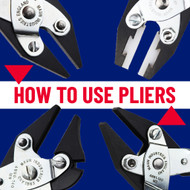How To Use Pliers
3rd Jul 2025
With so many different types of pliers on the market these days, you may not know exactly how to use them to fix your problem properly.
In this article, we'll go into the most popular types of pliers, as well as how to use them.
How to use pliers safely
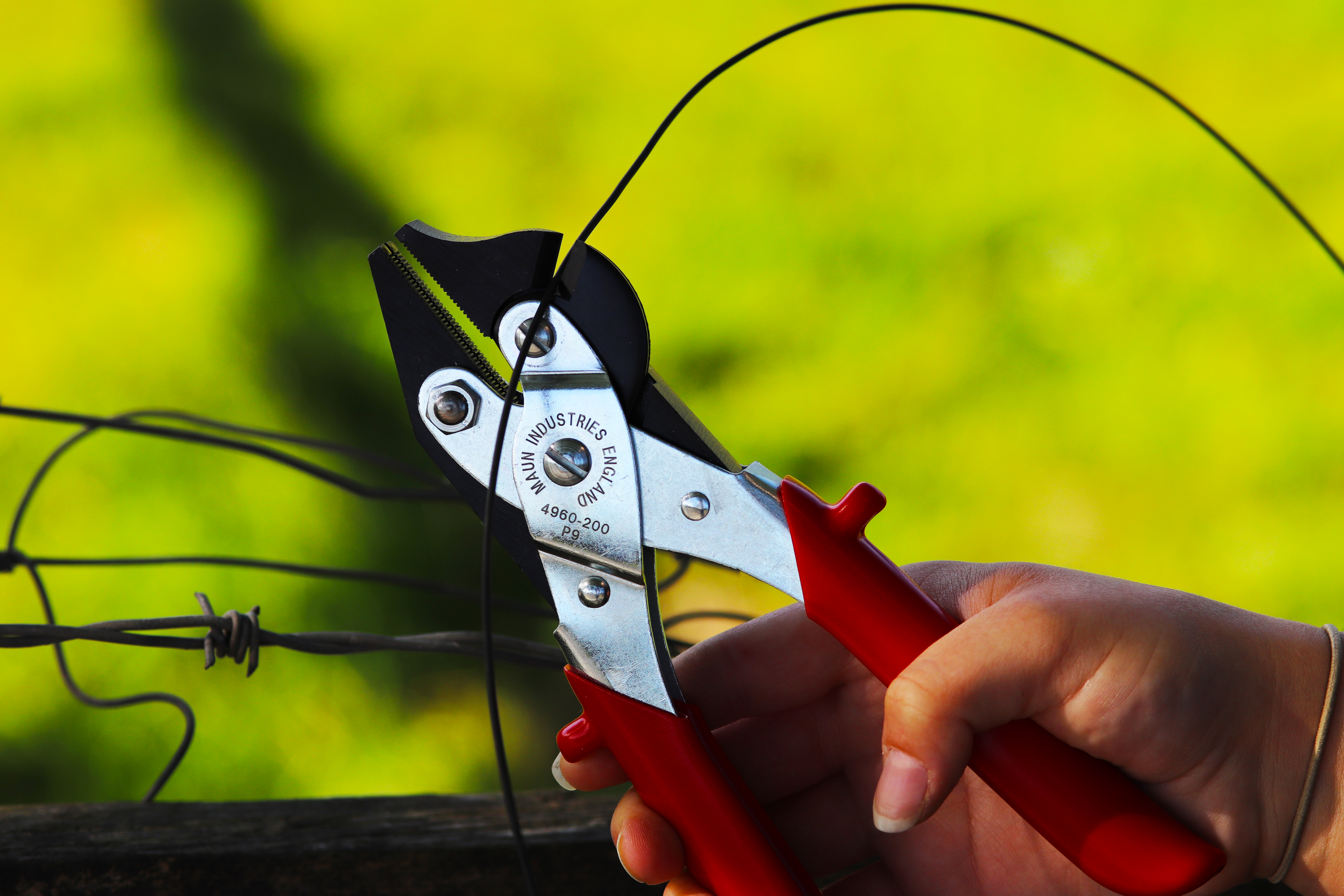
First of all, let's make sure you're working with your pliers safely:
1. Eye protection – make sure to wear eye protection whilst working with pliers. This is particularly important if you're cutting materials such as hard wire.
2. Use the right type of pliers – you should use the pliers how they were intended to be used, for example if you're looking to cut hard wire, then use a set of pliers designed for this.
3. Never Use on Live Wires – you should never use pliers on live wires, even if they're insulated. If you're working with potentially live circuits, then use insulated pliers.
4. Oil Pliers Joints – if you haven't used your pliers for over 1 month, then you should oil them with WD40, GT85, or similar.
Types of pliers and when to use them
Here we'll go over the popular types of pliers and when to use them:
Parallel Pliers for Gripping
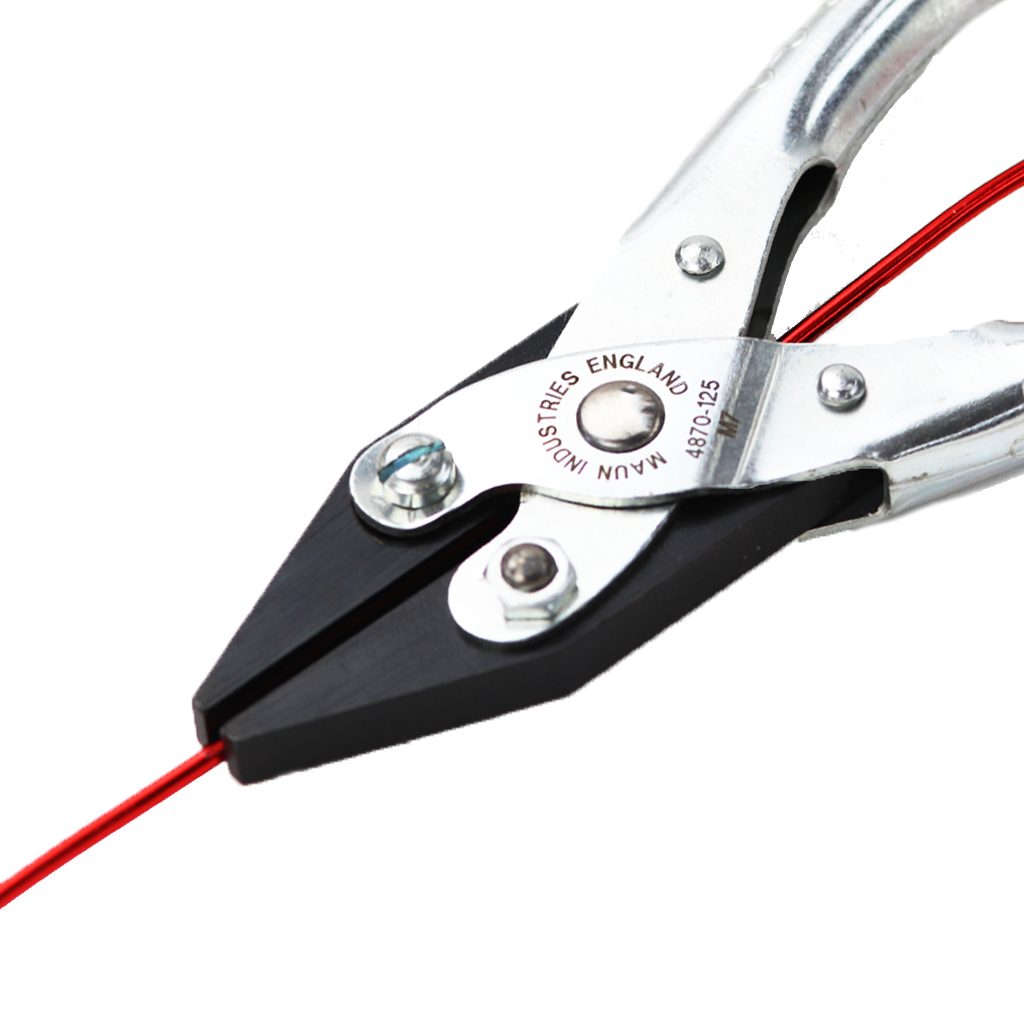
Parallel pliers are designed to provide a firmer grip on surfaces because the jaws grip with a parallel action, spreading the pressure over a larger surface area.
They can be used on square or hexagonal fastenings, as well as wire.
These pliers are really easy to use, simply open the plier jaws and place them around the object you wish to work on, then squeeze the handles to apply pressure and gain a good grip. From there you can hold, bend, or twist the object as you wish.
Pro Tip: Choose a set of pliers with HRC 57 hardened jaws for extra durability.
Use case: Gripping and bending wire when installing garden trellis.
Maun are the best manufacturer of parallel pliers. Watch our Smooth Jaws Parallel Plier in action here:
Cutting Pliers
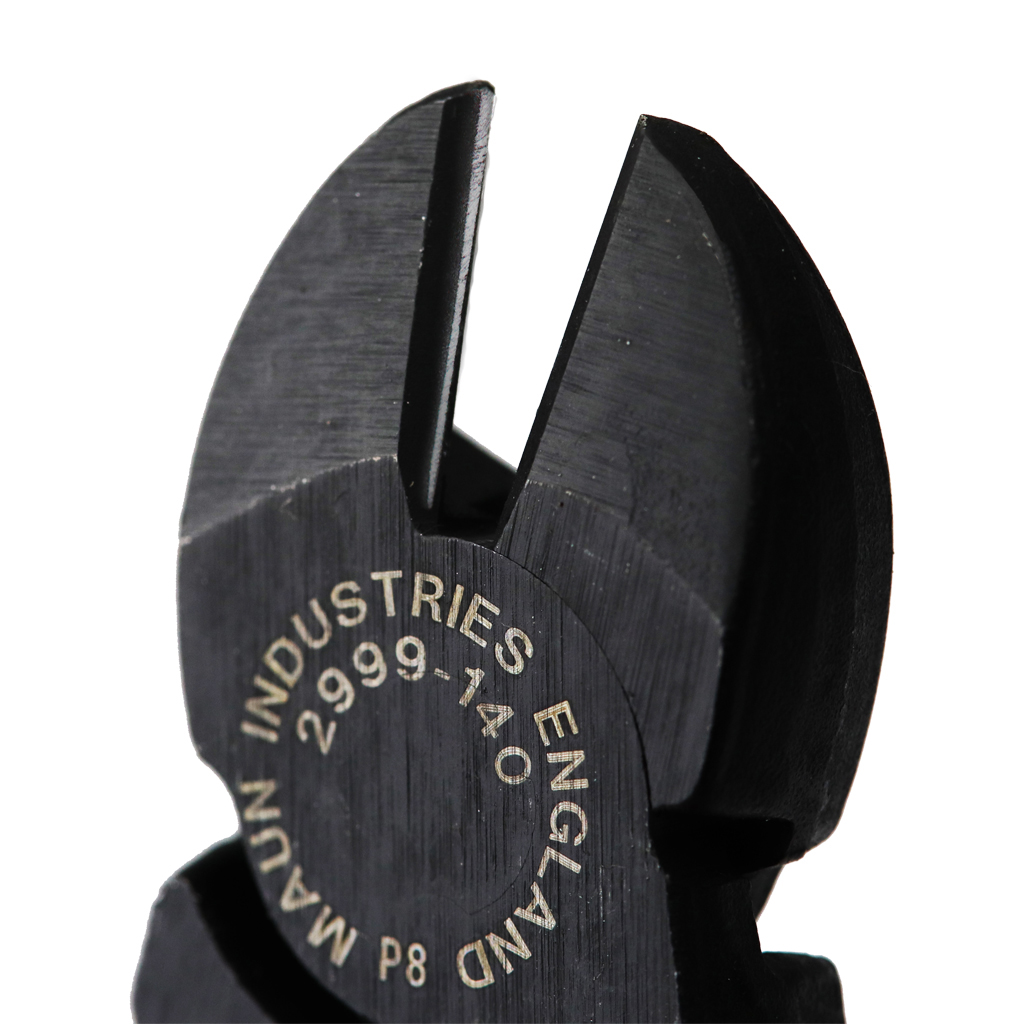
Cutting pliers are pliers with cutting edges, designed to cut through a wide range of materials with minimal hand effort.
To use them, simply open the jaws and place the material within them, then squeeze.
Pro Tip: Choose compound-lever assisted pliers to save your energy, such as this set from Maun .
Use case: Cutting through hard wire when modifying electrical circuits.
Watch the Maun Diagonal Cutting Pliers in action here:
Combination Pliers
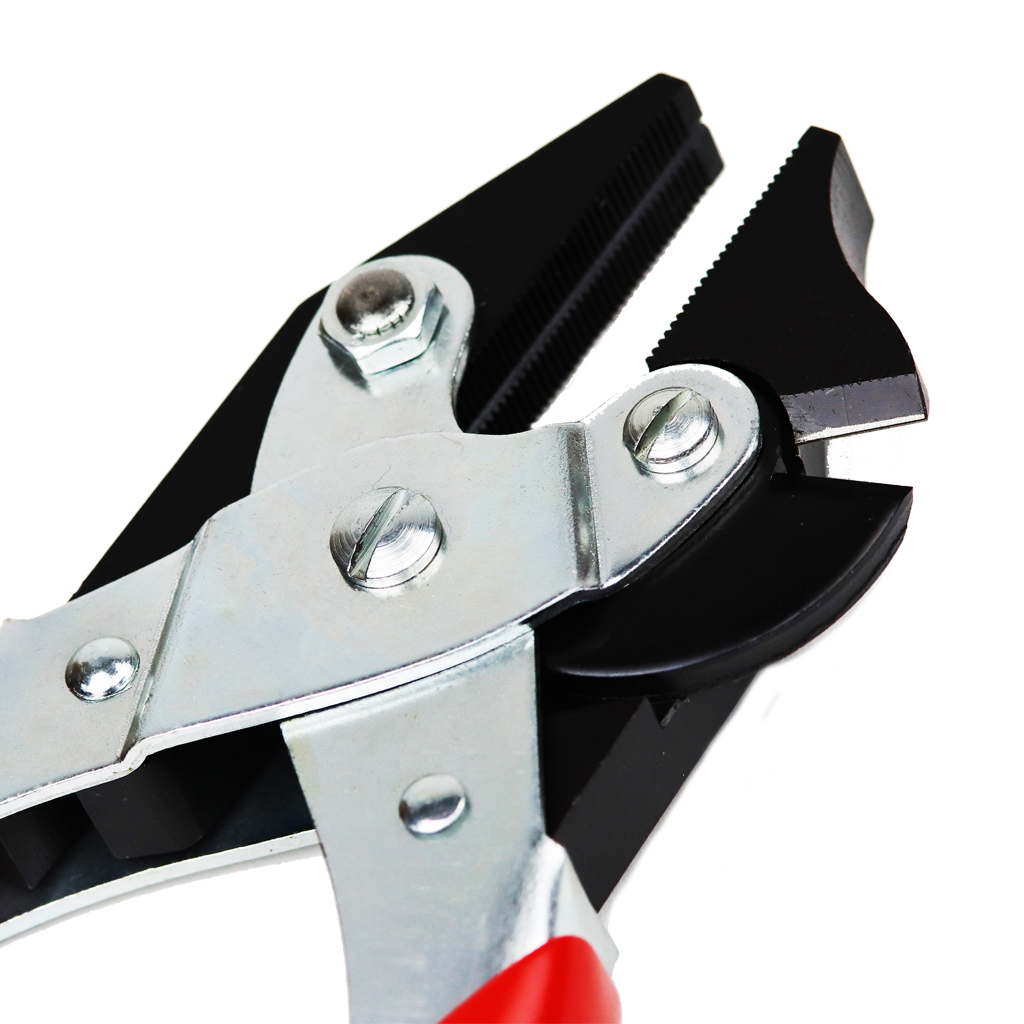
Combination pliers can fulfil multiple functions, speeding up your workflow, as you don't need to swap between different tools.
An example of this are fencing pliers, which have parallel jaws from gripping and bending wire, as well as a cutting edge to cut the wire.
How to use these will differ by the tool type, so here's our full guide on how to use combination pliers.
Watch our Side Cutter Parallel Pliers in action here:
End Cutting Pliers
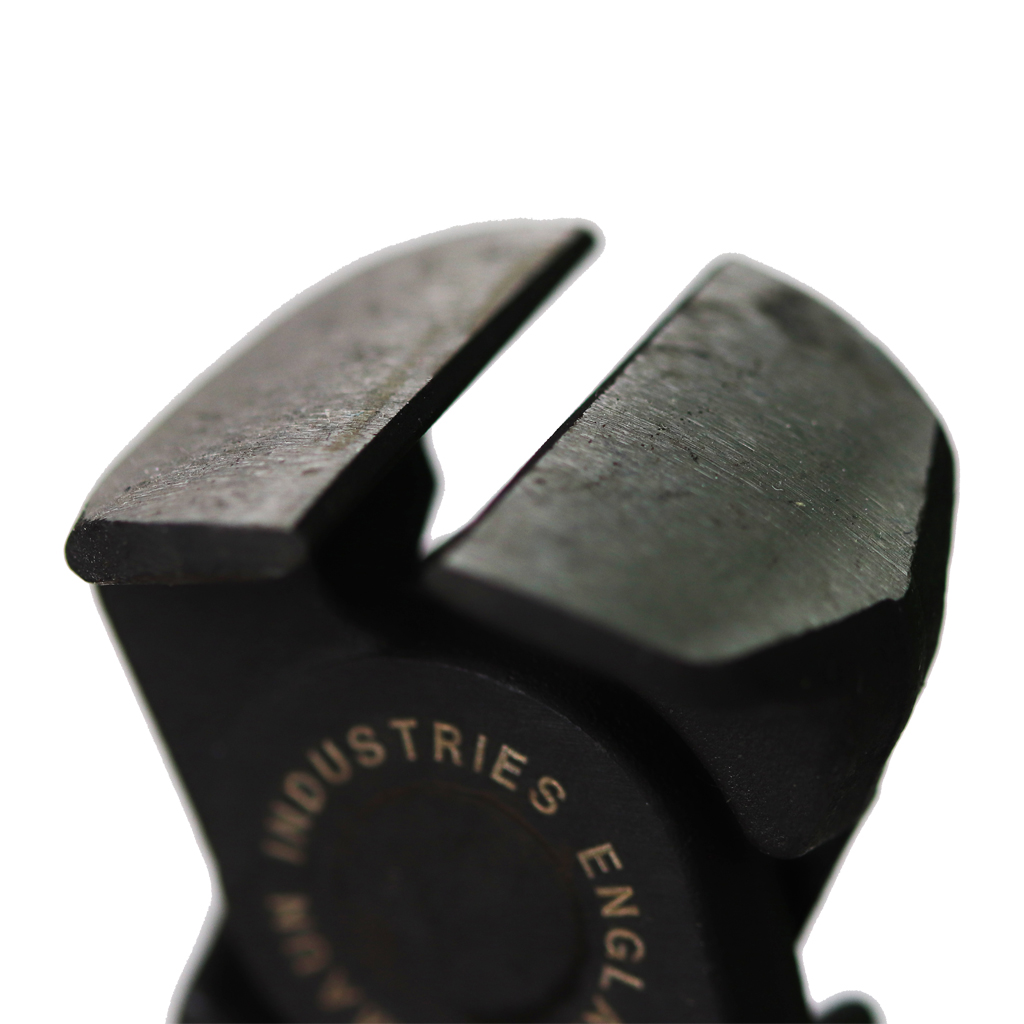
End cutting pliers are designed to cut off loose ends of wire and remove nails or old bolts from a surface.
To use them for cutting, open the jaws over the item you wish to cut and squeeze.
To use them to remove nails, grip the old nails gently with the cutting edge, and rock it backward and forwards until they can be easily removed.
Pro Tip: If you're doing a lot of repetitive end cutting, choose a compound-lever assisted set of pliers.
Use case: Removing old nails from skirting board that is to be re-used.
Round Nose Pliers
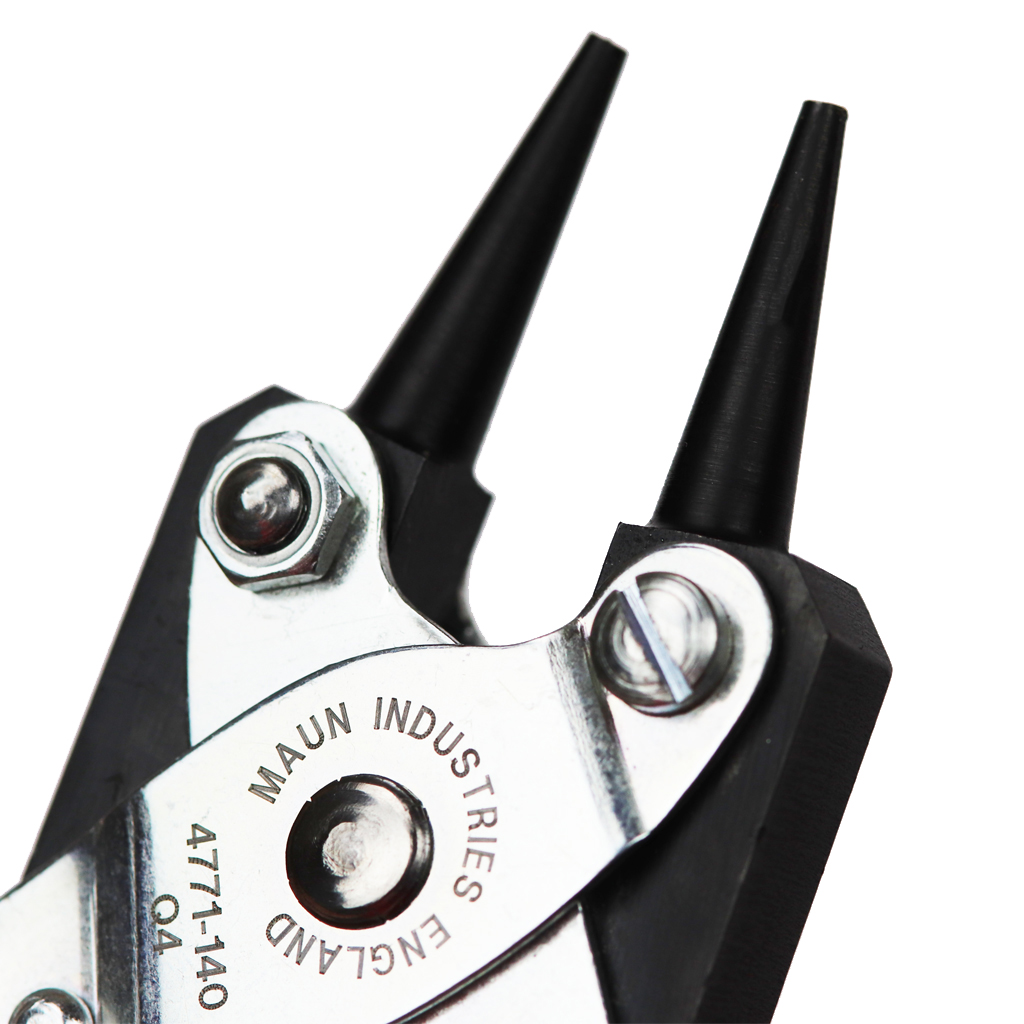
Round nose pliers have two round jaws instead of flat jaws. These are used to bend wire, helping you to form even loops of multiple different sizes with one set of pliers.
Their primary use is for people making jewellery.
To use, grip the very end of the wire in the jaws of your pliers at the right point of the jaws for the size of loop you want, then twist your hand towards the wire while holding the other piece, loosen your grip on the wire and return to the non-bended part, then twist again, and repeat this until you've formed a loop.
Pro Tip: Choose parallel pliers to avoid damaging delicate metals.
Needle Nose Pliers
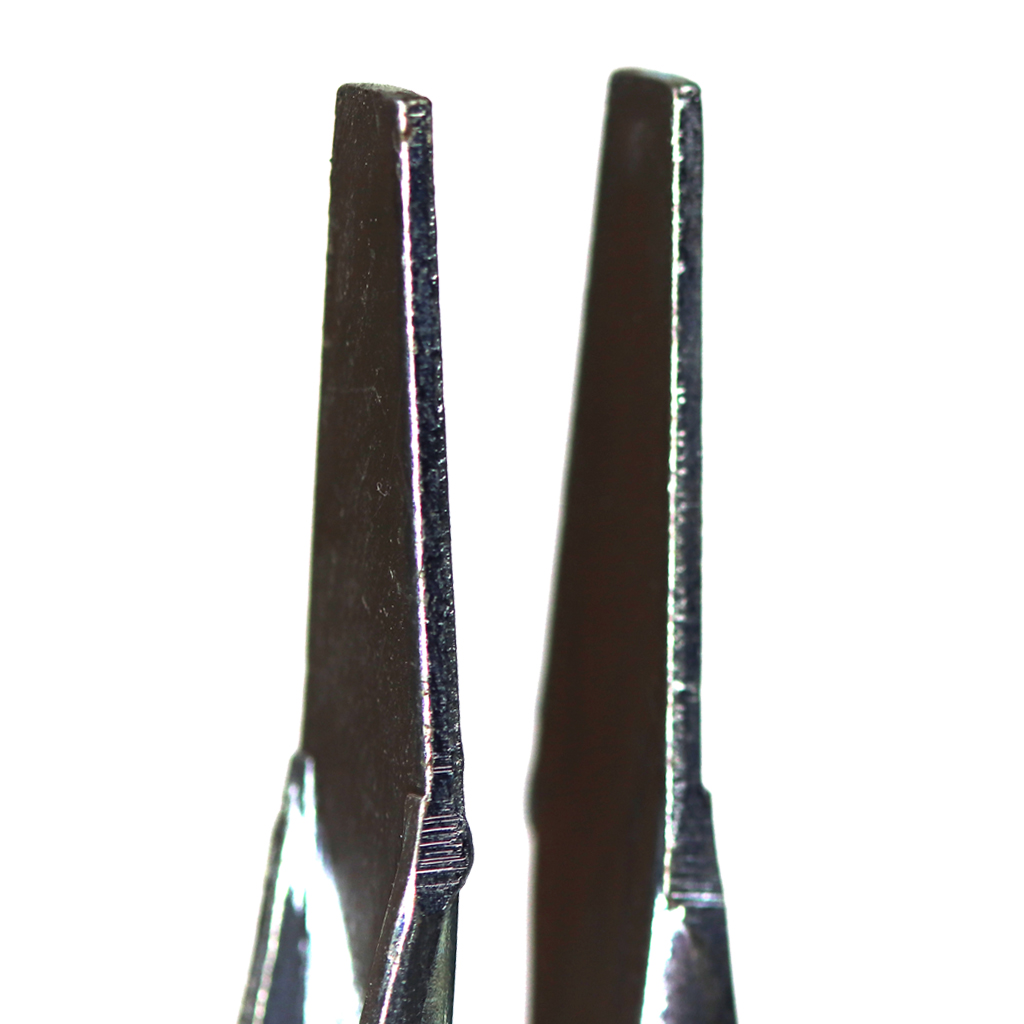
Needle nose pliers have very long jaws, designed to grip and bend light materials in confined spaces.
You use them just like a normal set of pliers, by gripping the jaws around your material, and bending as you wish.
We also have a range of small-sized pliers that are great for working in tight spaces.
Clamping Parallel Pliers
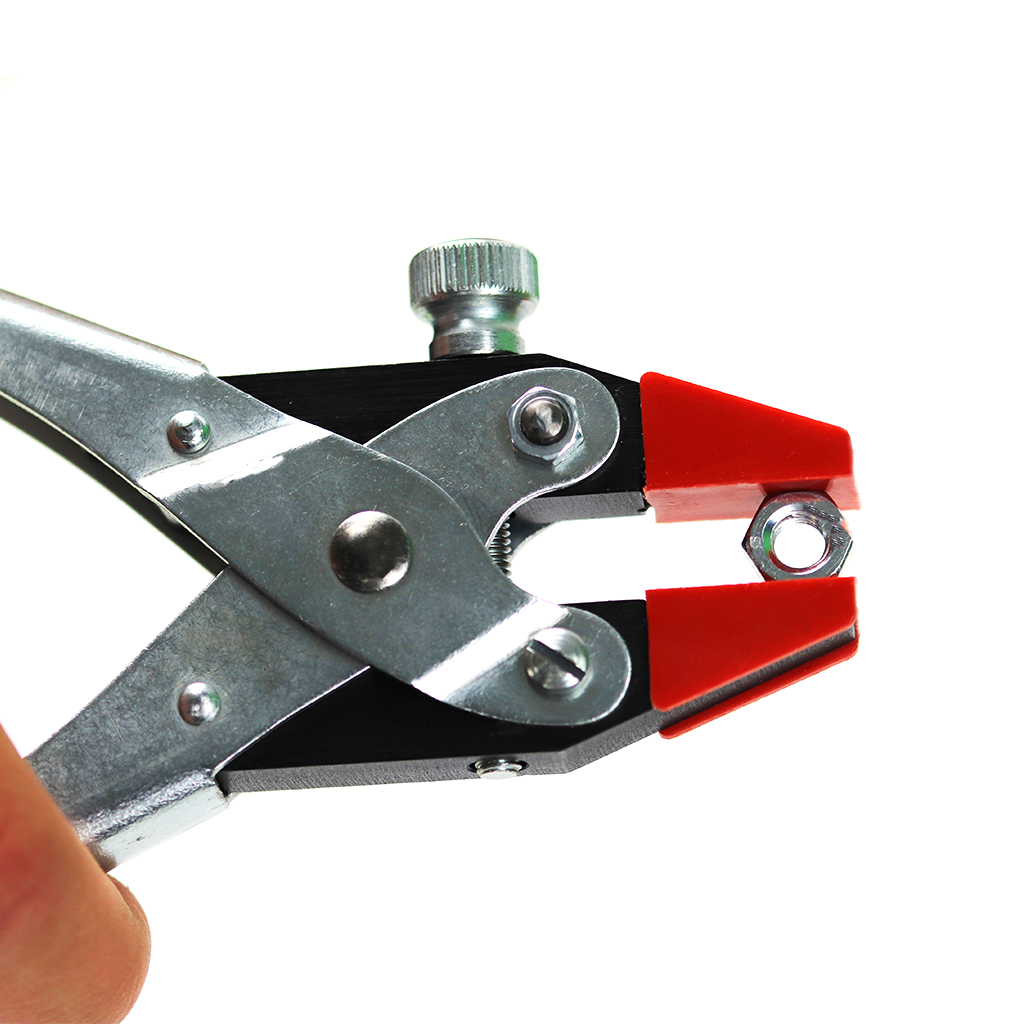
Clamping pliers are pliers with a locking mechanism, which means you can let go of them without them losing grip on an item.
This is ideal if you're trying to do two things at once, such as hold one piece of jewellery whilst bending something else around it.
To use them, simply grip the item like a normal set of pliers, then engage the clamp.
Pro Tip: If using these for jewellery, choose a set with plastic jaws to avoid damaging the piece.
Crimping Pliers
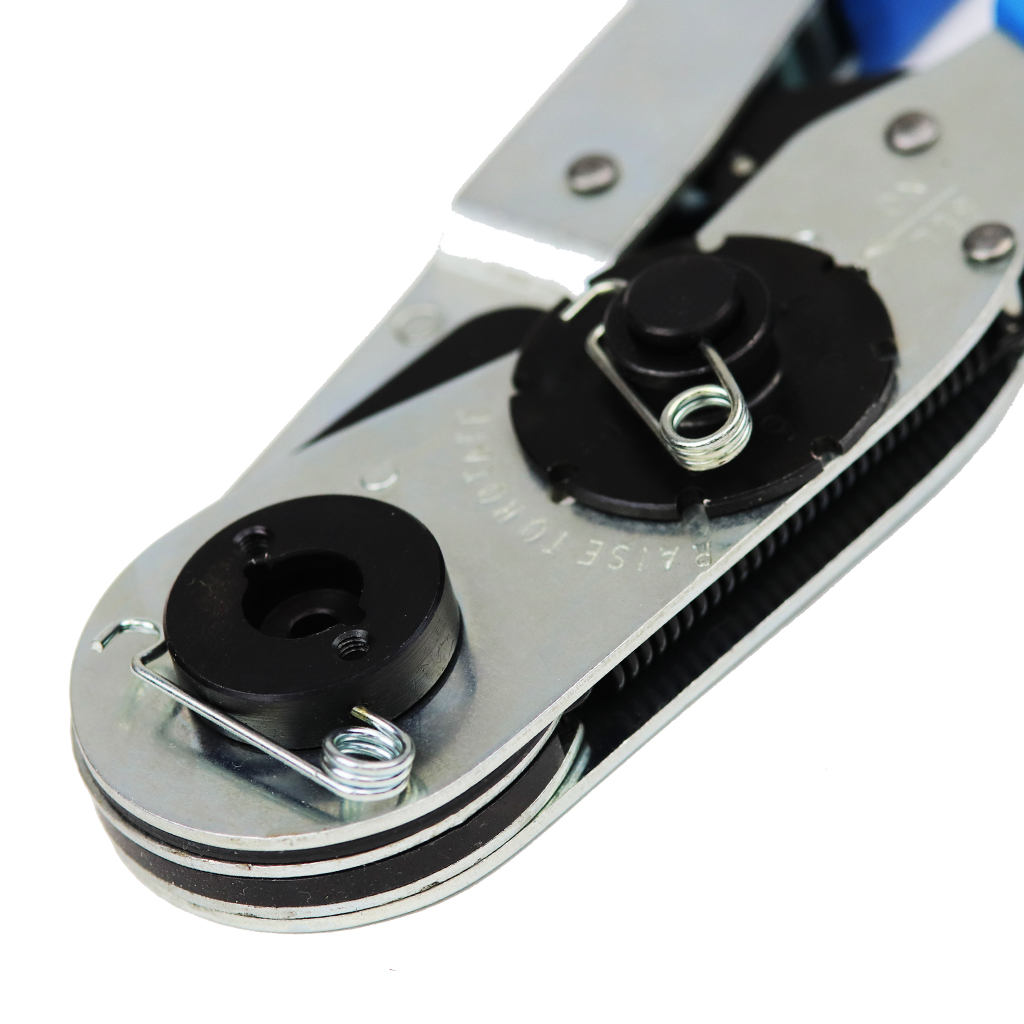
Crimping pliers are designed to install a solderless electrical connection known as a crimp connector. A "crimp" is the connection created by compressing the connectors around the wire to form a seal.
There are different types of pliers to install different types of crimp, and they are used in different ways depending on the type.
Olive Cutting Pliers
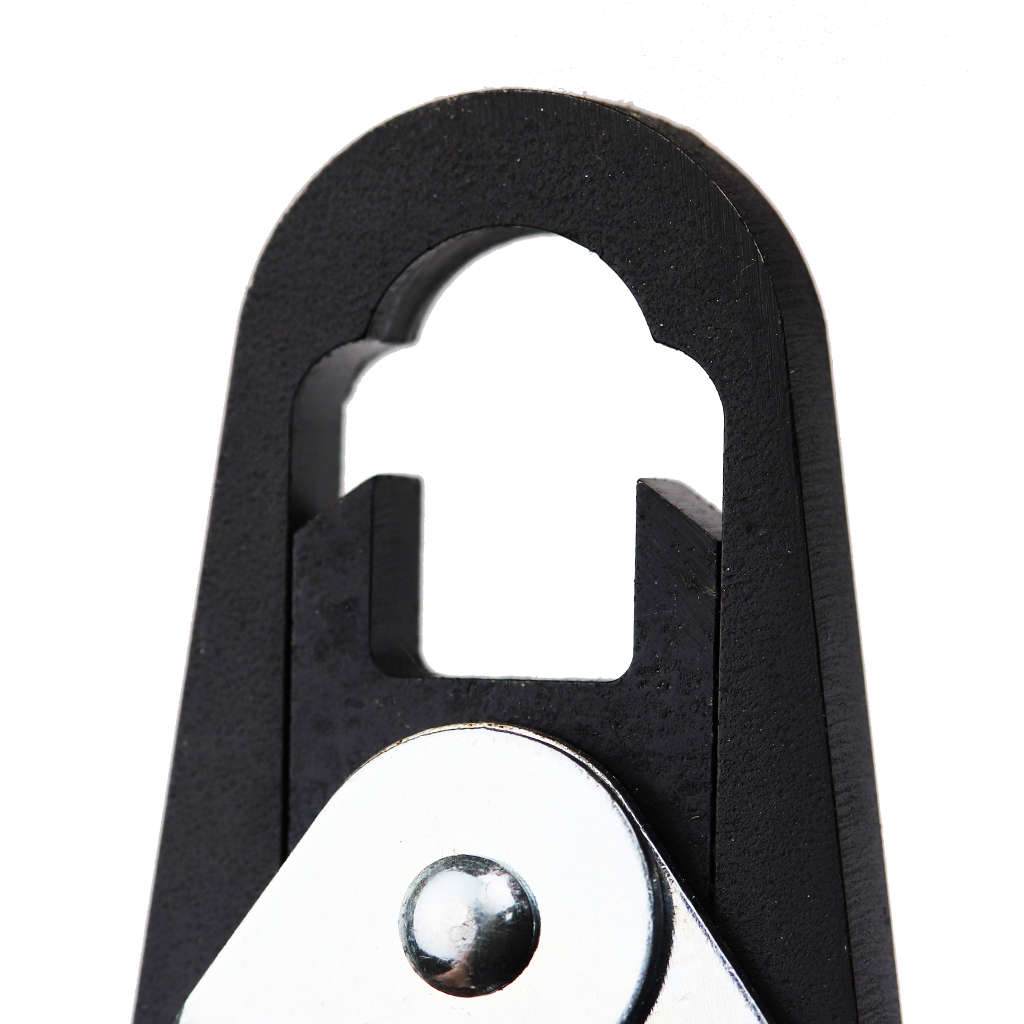
Olive cutting pliers are used to cut olives from pipework, and are very popular amongst plumbers.
This is better than pulling the olive off, which can cause damage to the pipework. It's also far safer than using a hacksaw.
To use them, simply open the pliers and place them around the olive on the pipe, then apply pressure until it is cut.
Watch our Olive Cutting Pliers in action here:
Jewellery Pliers
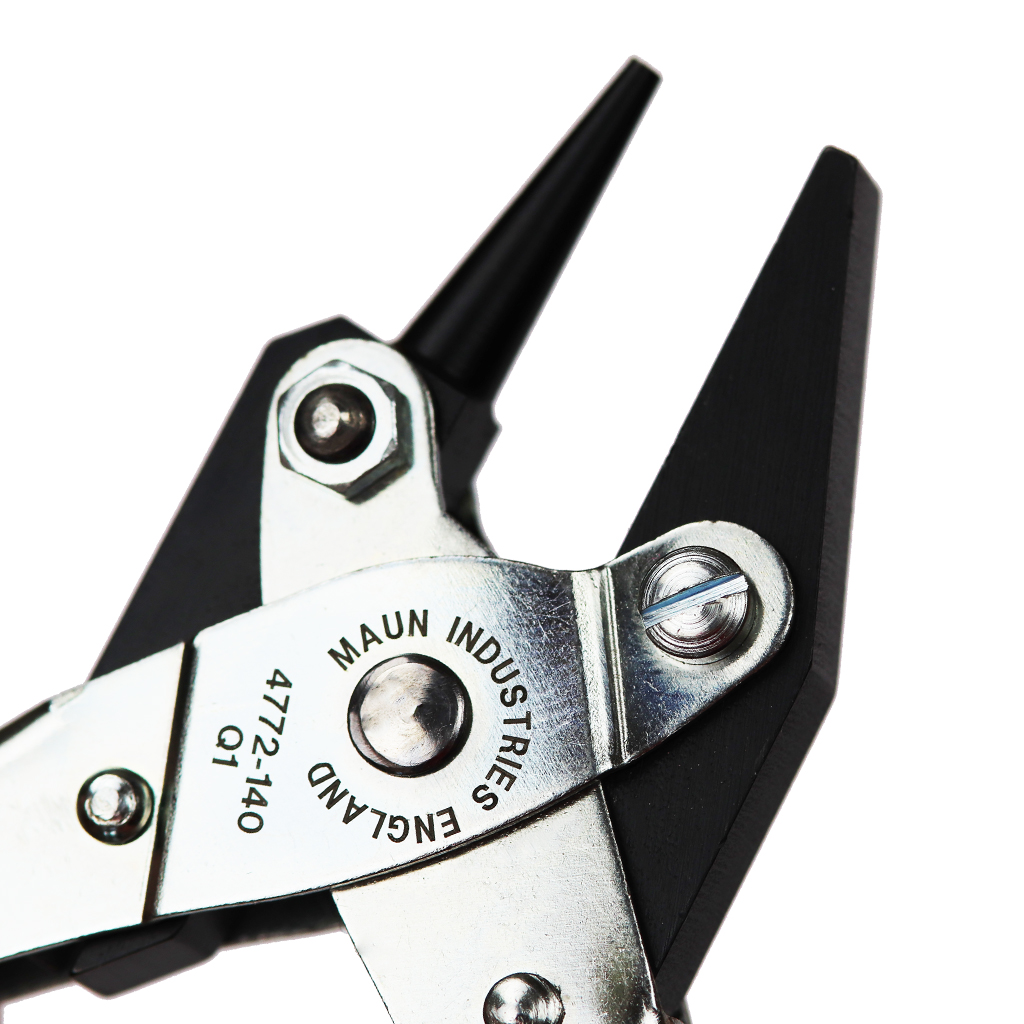
Jewellery pliers are pliers designed explicitly for the intricate tasks involved in the making of small jewellery.
There are many different types of jewellery pliers, so read more about how to use each one here.
An example would be the Round and Flat Jaws Parallel Plier 140mm, that lets you grip and bend without damaging your jewellery.
Why not take a look at our newly launched tool sets and kits, available online now click here.
| Type of Pliers | Primary Use | Advantages | Disadvantages |
|---|---|---|---|
| Parallel Pliers | Provide a firmer grip on surfaces; used on square or hexagonal fastenings and wire. | Spreads pressure over a larger surface area. | May not be suitable for very fine or detailed work. |
| Cutting Pliers | Cut through a wide range of materials. | Minimal hand effort required. | Not designed for gripping or bending tasks. |
| Combination Pliers | Fulfil multiple functions; e.g., gripping, bending, and cutting wire. | Speeds up workflow; reduces need to swap tools. | The smaller cutting jaws aren't suitable for very wide materials. |
| End Cutting Pliers | Cut off loose ends of wire; remove nails or old bolts. | Precise flush cutting; can also be used for removal tasks (like old nails). | Limited to end cutting; not as useful for general cutting tasks. |
| Round Nose Pliers | Bend wire; primarily used in jewelry making. | Can form even loops of multiple sizes. | Not suitable for tasks requiring flat grip. |
| Needle Nose Pliers | Grip and bend light materials in confined spaces. | Long jaws for precision work. | Not ideal for heavy-duty tasks due to slender design. |
| Clamping Parallel Pliers | Locking mechanism to hold items without manual grip. | Allows multitasking; firm grip. | Locking mechanism may get in the way if used in tight spaces. |
| Crimping Pliers | Install solderless electrical connections. | Creates a secure seal/connection. | Specific to crimping tasks; not versatile. |
| Olive Cutting Pliers | Cut olives from pipework. | Safer and more precise than other methods. | Limited to cutting olives; not for general use. |
| Jewellery Pliers | Designed for intricate tasks in jewelry making. | Specifically tailored for delicate work. | Not suitable for heavy-duty or general tasks. |
How do you use a pliers cutter?
To use the cutter in a set of pliers, use the handles to open the cutting jaws, place the item you wish to cut inside the jaws, then squeeze the handles to apply pressure until the item is cut (you may sometimes need to apply pressure with two hands).
What are the do's and don'ts in using pliers?
The main do's and don'ts of using pliers are:
Do's:
- Wear appropriate safety gear: Use safety glasses, gloves, and long sleeves to protect yourself from any debris.
- Select the right pliers for the job: Using the wrong type of pliers can damage the tool or take unnecessary effort.
- Inspect pliers before use: Ensure your pliers aren't blunt or damaged before use.
- Use pliers with insulated handles for electrical work: Choose insulated handles when using pliers for electrical work, and make sure the mains power is also switched off.
- Maintain a good grip: Try to maintain a good grip on your pliers, to ensure they don't drop the workpiece.
- Keep your work area clean and organized: A tidy workspace reduces the risk of accidents and makes it easier to work with tools.
- Position pliers correctly: Ensure you properly position the pliers' jaws on the object you're gripping to avoid slipping or damaging the workpiece.
- Use pliers for their intended purpose: Pliers are designed for specific tasks. Don't use them as makeshift hammers, wrenches, or any other tool they are not intended for.
- Apply gradual pressure: When squeezing the pliers, apply gradual pressure rather than using excessive force all at once. This approach provides better control and prevents overstraining the tool.
Don'ts:
- Don't use damaged pliers: Damaged pliers can be dangerous, so ensure the tool is fully functional before use.
- Avoid using pliers as a hammer: Pliers are not meant to be used as a hammer, so don't use them as such.
- Don't overextend the handles: Pliers have a recommended maximum jaw opening capacity, so avoid forcing them to open beyond their intended limit.
How do you use pliers without scratching?
The best way to avoid scratching your workpiece with pliers while gripping them is to choose smooth jaw pliers, as these as designed to be more gentle on the item you're working on. For an even softer surface, choose plastic jaw pliers.
How do you break in pliers?
The best way to break in pliers is to apply a small amount of lubricant or machine oil to the pivot joints, and exercise the pliers by opening and closing them repeatedly.
How do you hold pliers?
The best way to hold pliers is in the palm of your hand. This lets you open and close the jaws with small hand movements while using your wrist to control the direction and angle of the plier jaws.
Ever Heard of Maun Pliers?
Maun Industries are well known as being the best manufacturer of pliers in the UK.
Browse the entire range of Pliers here.

